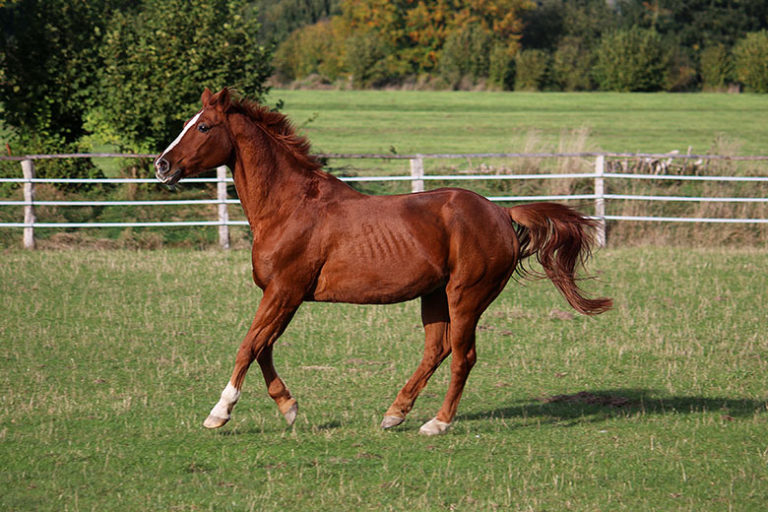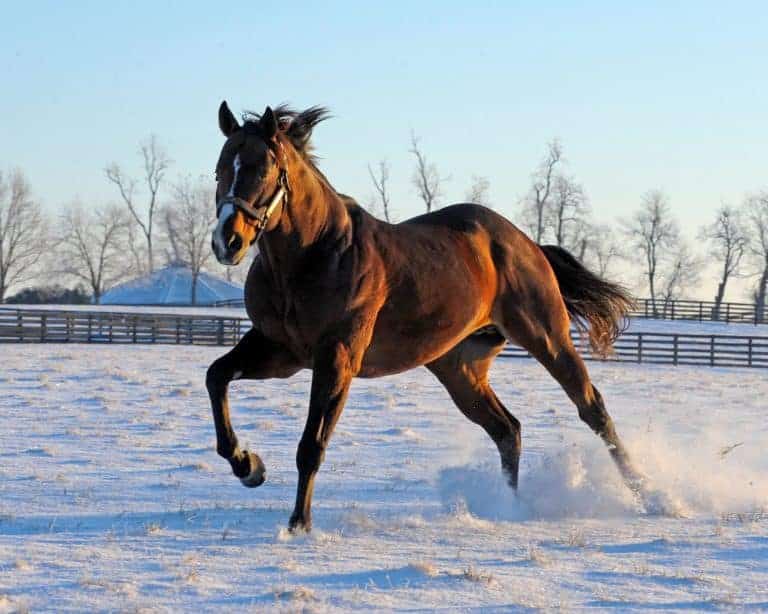Neurologic Equine Herpesvirus Case Euthanatized at Pennsylvania Harness Track
A Standardbred mare euthanatized last Friday (Feb. 18) at the Meadows racetrack in Meadowlands, Pa., had the neurologic form of equine herpesvirus type-1 infection, according to University of Pennsylvania veterinarians. The barn where the mare was stabled has been placed under quarantine and veterinarians and trainers are watching other horses at the track for signs of illness.
This i












